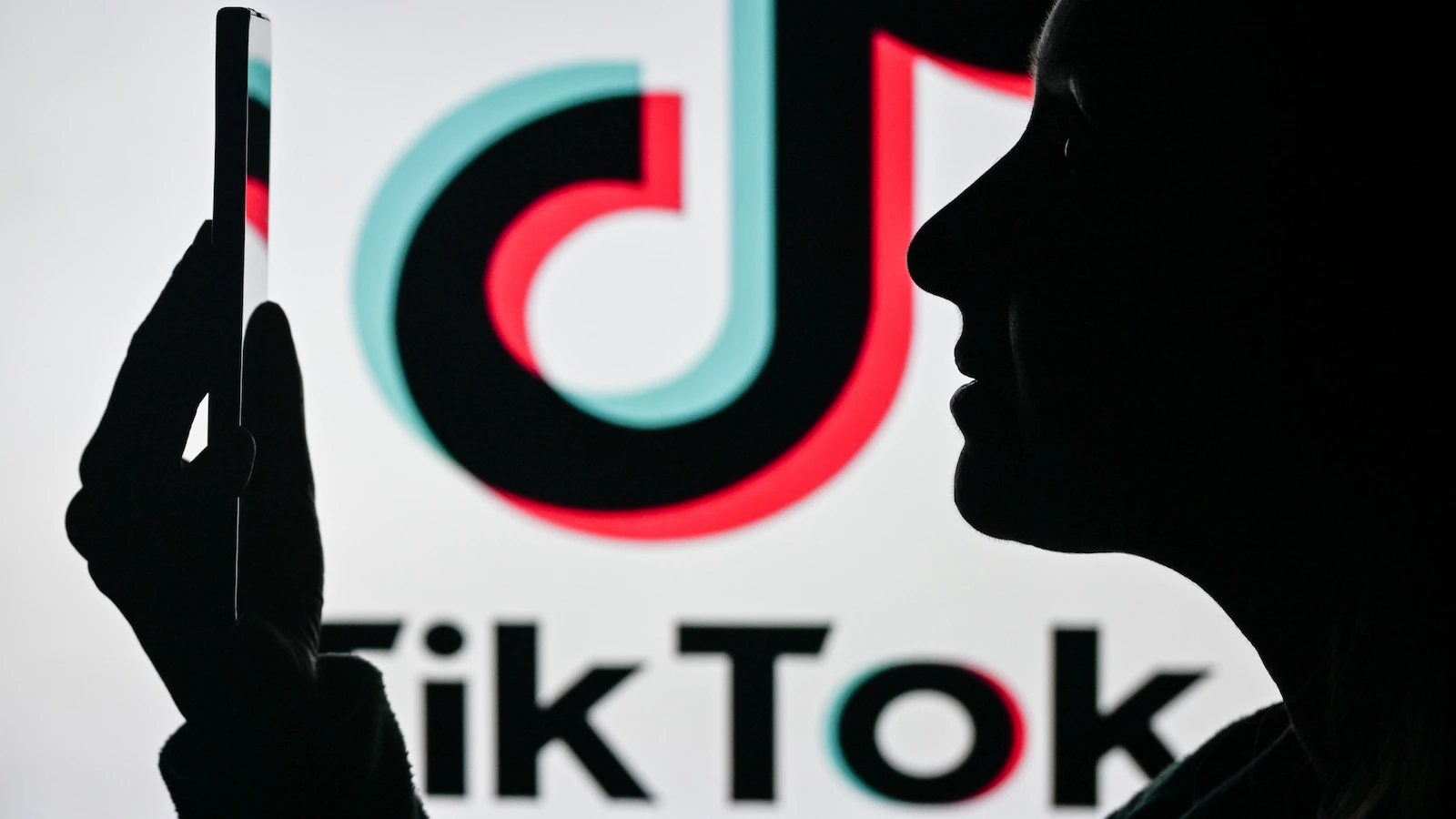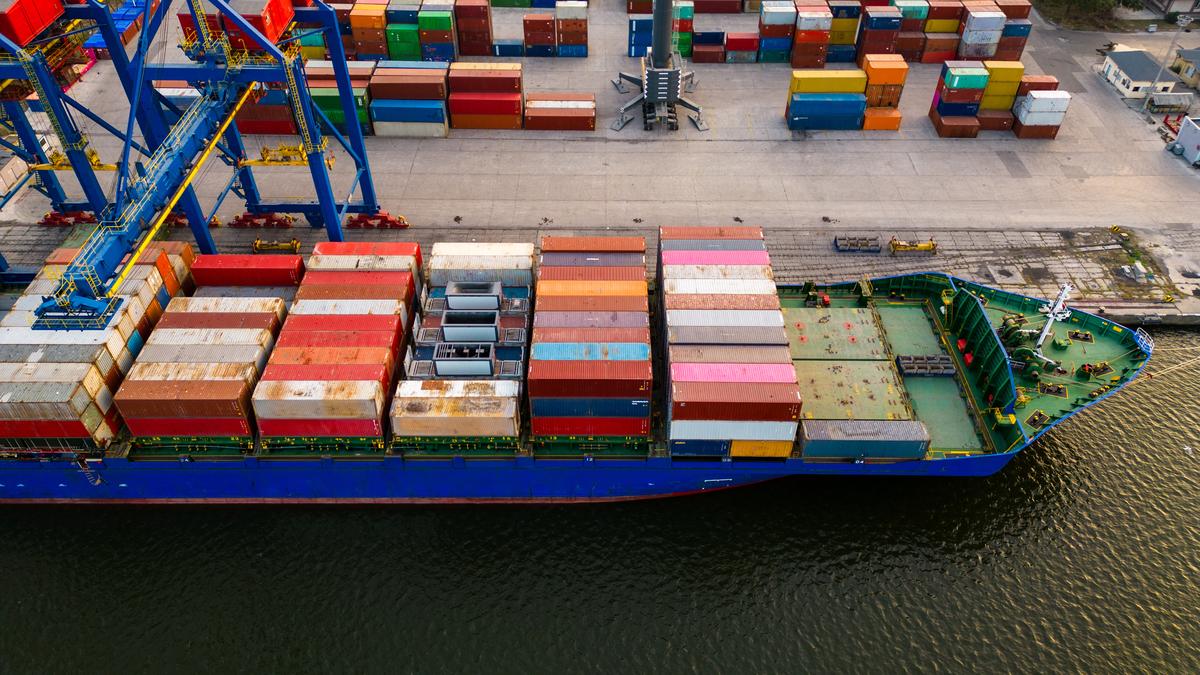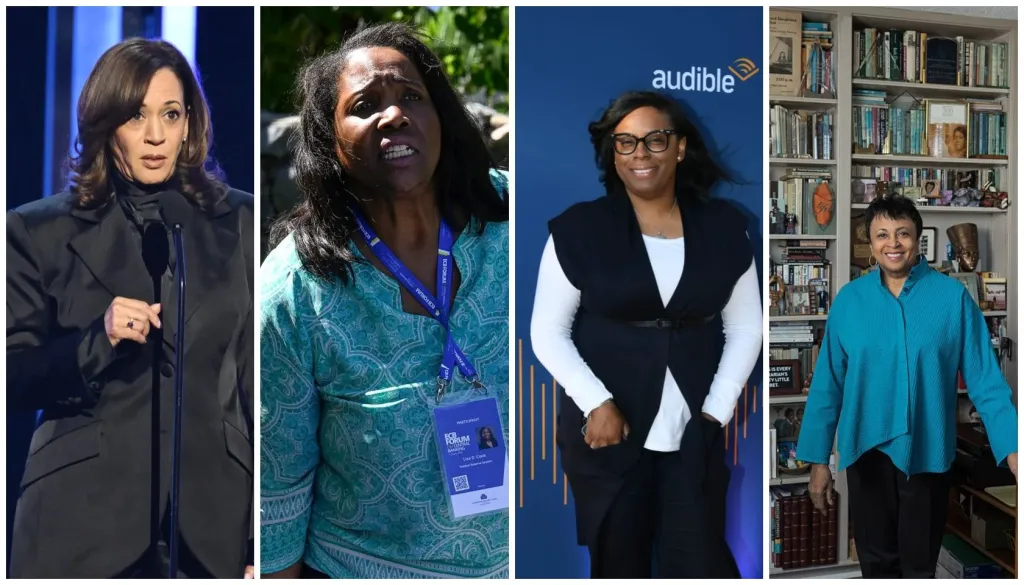By Max Zahn
Copyright go

President Donald Trump announced a deal this week that could put TikTok under the control of U.S. investors, but key details of the agreement remain uncertain, experts told ABC News.
The deal is poised to rescue the China-based app from legal peril months after a ban was set to rid it from app stores.
Speaking to reporters in the Oval Office on Thursday, Vice President J.D. Vance praised the deal but noted there was “some resistance on the Chinese side” during the negotiating process. He added that the goal is to keep TikTok operating and to protect American data, as required by the law passed by Congress.
“This deal really does mean Americans can use TikTok but actually use it with more confidence than they had in the past because their data is secure and it won’t be used as a propaganda weapon like it has in the past,” Vance said.
Important questions still loom, including whether China will offer public approval, who will run the new company and what’s in store for the algorithm that fuels the platform’s attention-grabbing content, experts said.
“The uncertainty of the deal remains its primary characteristic,” Robert Rogowsky, a professor of trade and economic diplomacy at the Middlebury Institute for International Studies, told ABC News.
Here’s what to know about the unanswered questions surrounding the TikTok deal:
Will China publicly sign off on the deal?
China has remained mum in the immediate aftermath of the agreement, despite assurances from Trump on Thursday that the Chinese government had granted its approval.
“To get it done properly, we really needed the support of China and the approval of China,” Trump said, adding that Chinese President Xi Jinping had personally signed off on the agreement.
In theory, however, China could still prevent the deal from being completed as planned, throwing a wrench into negotiations over the fate of TikTok, some experts said.
Chinese state media did not mention the deal, while little discussion about it took place on social media, CNBC reported.
“This ambiguity means that future obstacles cannot be ruled out, whether through export controls on TikTok’s algorithm or other retaliatory measures,” Sarah Kreps, the director of the Tech Policy Institute at Cornell University, told ABC News.
More likely, Kreps added, the quiet posture allows Beijing to provide “tacit approval while declining to be seen as complicit in a U.S.-forced sale.”
Will the deal comply with the TikTok ban enacted last year?
Congress passed a ban last spring with overwhelming bipartisan support, granting TikTok a 270-day window to cut its ties with China-based parent company ByteDance or face a ban.
After Tiktok challenged the law on First Amendment grounds, a unanimous ruling from the Supreme Court upheld the measure, finding merit in national security concerns centered on potential user data collection or content manipulation.
Trump delayed the ban multiple times, giving TikTok a reprieve as the White House negotiated a sale. Until the full terms of the agreement are known, the deal could still fall short of the divestment requirements outlined in the law, though they afford Trump wide latitude to determine whether such standards have been met, some experts told ABC News.
“The law itself gives the president unusually broad authority to declare when a divestiture of a foreign-owned app is ‘qualified,'” Kreps said. “The statute allows lawsuits against any action or determination within 90 days, so the executive order could, in theory, be contested.”
“But given that we have not seen TikTok, its investors, or competitors launch a case so far, the likelihood of a new challenge emerging now is low,” Kreps added.
Who will own and run TikTok?
The executive order signed by Trump ensures U.S. investors will enjoy majority ownership of TikTok, while China-based owner Bytedance will retain less than 20% of the firm. A new board of directors will take hold of the company, the executive order adds.
The White House announcement on Thursday revealed the identity of some investors, including Dell Technologies CEO Michael Dell, media magnate Rupert Murdoch and software giant Oracle. Officials stopped short of disclosing the full roster of investors.
“It’s a blue-chip group of investors, and we’ll be announcing more about who’s involved in the deal in the days to come,” Vance said on Thursday.
The U.S.-based version of TikTok will be valued at $14 billion, Vance added.
Still, the White House has yet to formally disclose a full list of investors, who are ultimately expected to appoint board members.
What will happen to the TikTok algorithm?
Scrutiny has centered on the fate of TikTok’s algorithm, a proprietary formula that fuels the platform’s content feed, tailoring topics and styles to a given user’s preferences.
On Thursday, Trump officials said the agreement provides the new U.S. owners with control over the algorithm.
“The U.S. company will have control over how the algorithm pushes content to users,” Vance said. “We want the business to make decisions on content based on the interests of the business and based on the interests of users.”
Still, experts said, precise details about the algorithm remain unknown, including whether the app will retain its original algorithm or operate under a new formula designed as part of the agreement.
“Is it ‘the’ algorithm or a newly formed U.S. algorithm formed for the deal?” Rogowsky said.
The fate of the algorithm relates to concerns voiced by experts about possible bias in the app’s content feed. Some of the investors, including Murdoch, are longtime allies of Trump, raising the possibility of a pro-Trump bias, some experts said.
For his part, Trump joked that he would make the platform “100% MAGA,” before rebuking such concerns. “Everyone is going to be treated fairly. Every group, every philosophy, every policy will be treated very fairly,” Trump said.
ABC News’ Selina Wang contributed to this report.



